The mystic power of tribal tattoos
Tattooing was once a revered part of Nepali indigenous life. Now it's disappearing.

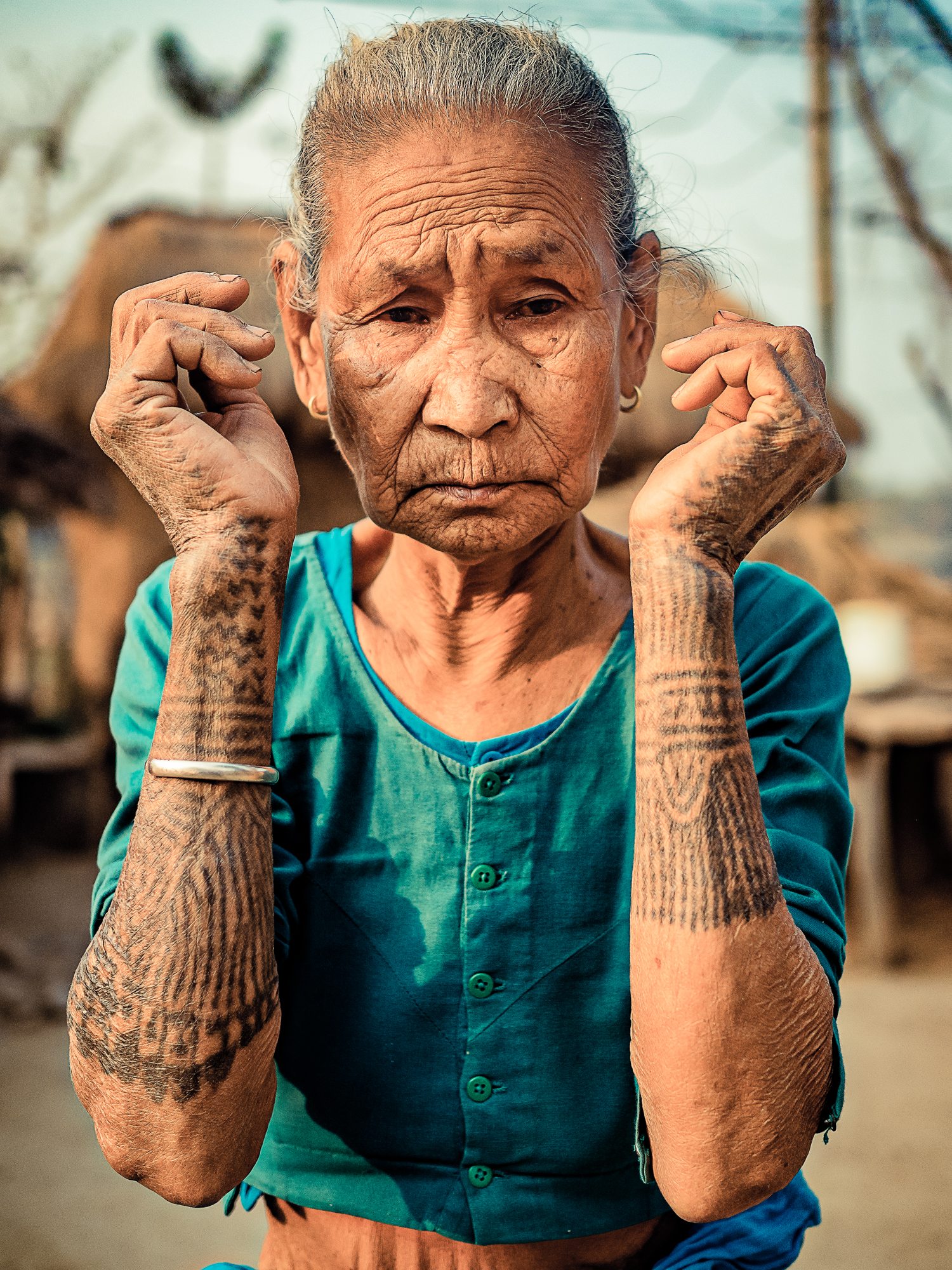
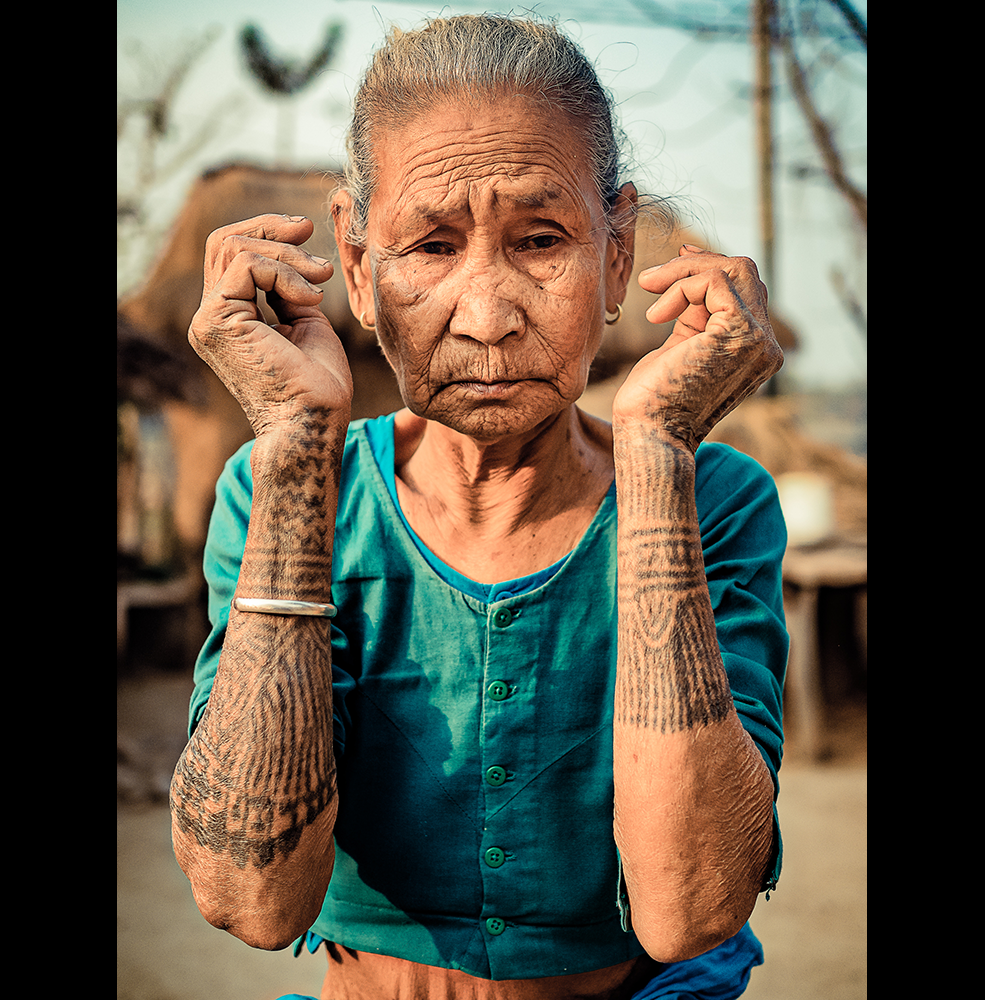
(Omar Reda)For the Tharu tribe — a Hindu-practicing ethnic minority living in the foothills of the Himalayas — tattooing was for centuries an integral, if not mandatory, part of social and spiritual life. Historically, newborns were often tattooed on the leg, hand, or chest, because they believed the marks would assure their place in heaven.But tattoos are most prominent among women, who are often inked before marriage as part of a pre-ceremony beauty process. In fact, among the Tharu people, tattooed skin was the apex of feminine beauty. To achieve this attractive ideal, women would adorn their hands, arms, feet, and ankles with intricate geometrical patterns or depictions of mythological stories and historical events. Other markings were simply meant to look aesthetically pleasing, like jewelry.As beautiful as the tattoos were to the tribe, the traditional procedure — involving cow dung as ointment, soot from mustard lamps as ink, and needles — was so slow and gruesome as to cause fainting.Today, this tradition is fading. Tattooing represents the past, and the younger generations are increasingly choosing to go without.
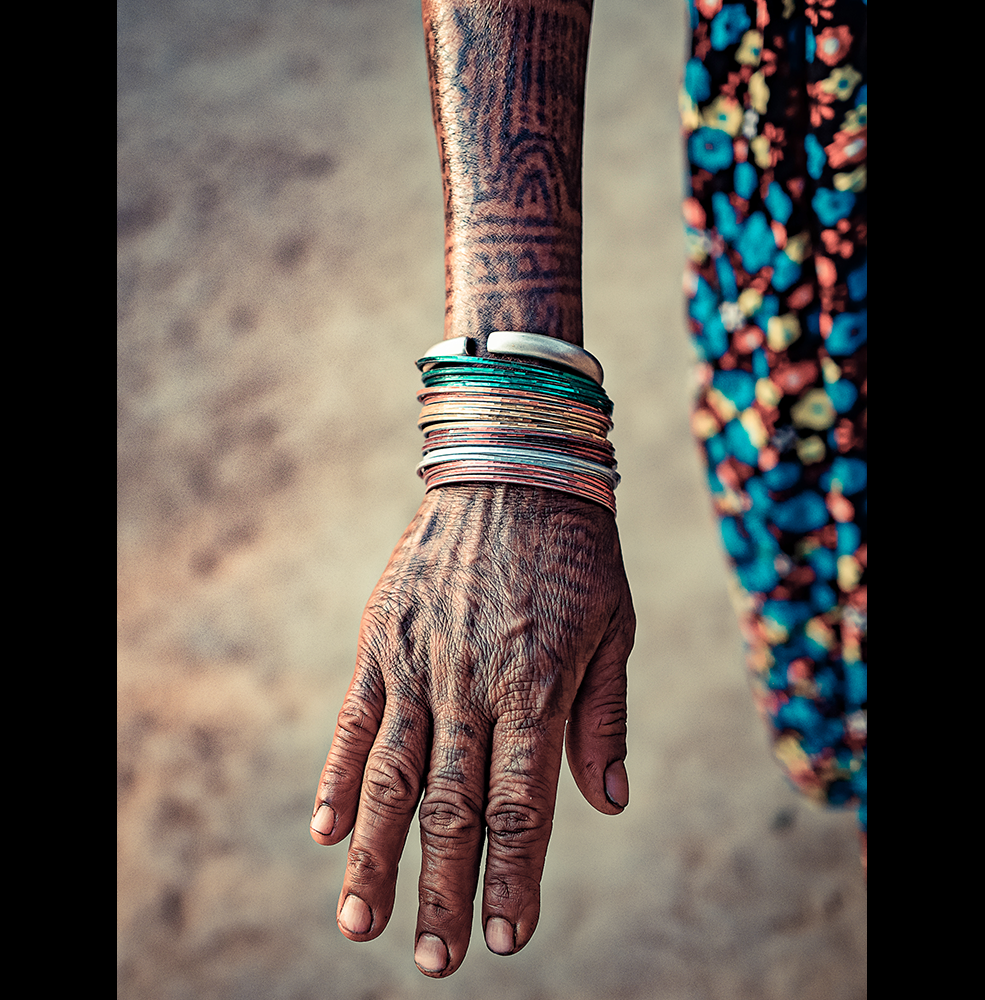
(Omar Reda)In the spring of 2017, Omar Reda visited the Nepali town of Chitwan and captured the ancient art form and the stories that came with them.Most women talked about the afterlife in regards to their tattoos. Because the Tharu deeply value art and color, the permanent ink guaranteed that the women would arrive in heaven in their "most beautiful form," Reda said in an email to The Week.Other women told Reda of stringent tribal rules, long since lifted, that mandated women cover themselves with tattoos or risk being cast out from the tribe. "[Without tattoos] she wouldn't be allowed to talk or marry," Reda said. "People wouldn't be allowed to take anything she touched. She must get inked in order to be accepted by her people."
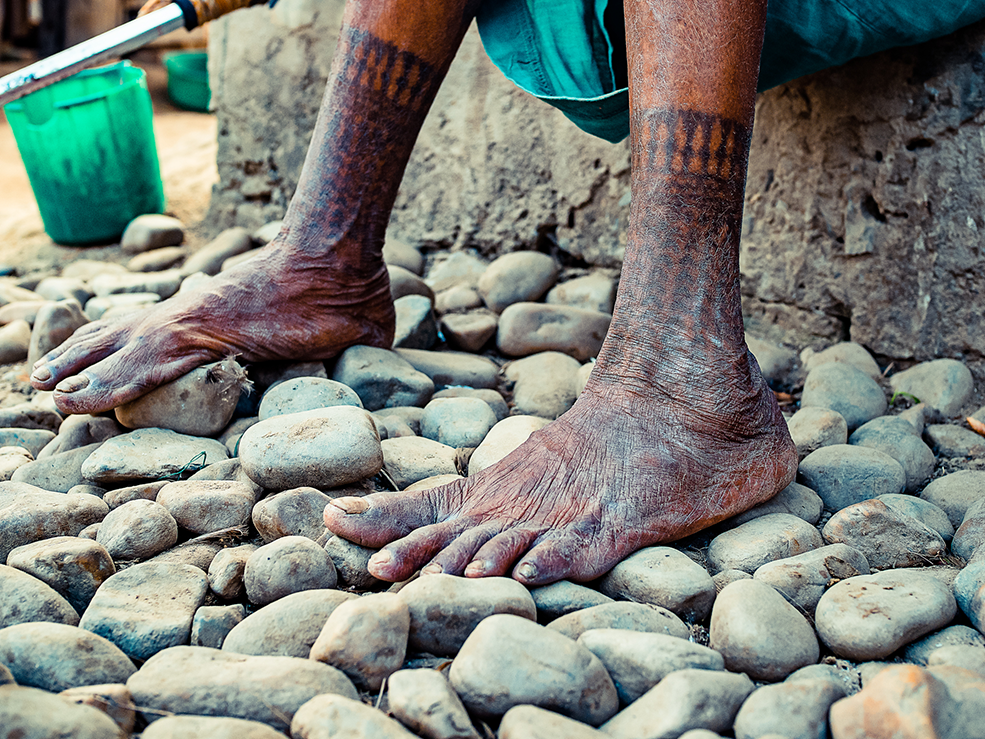
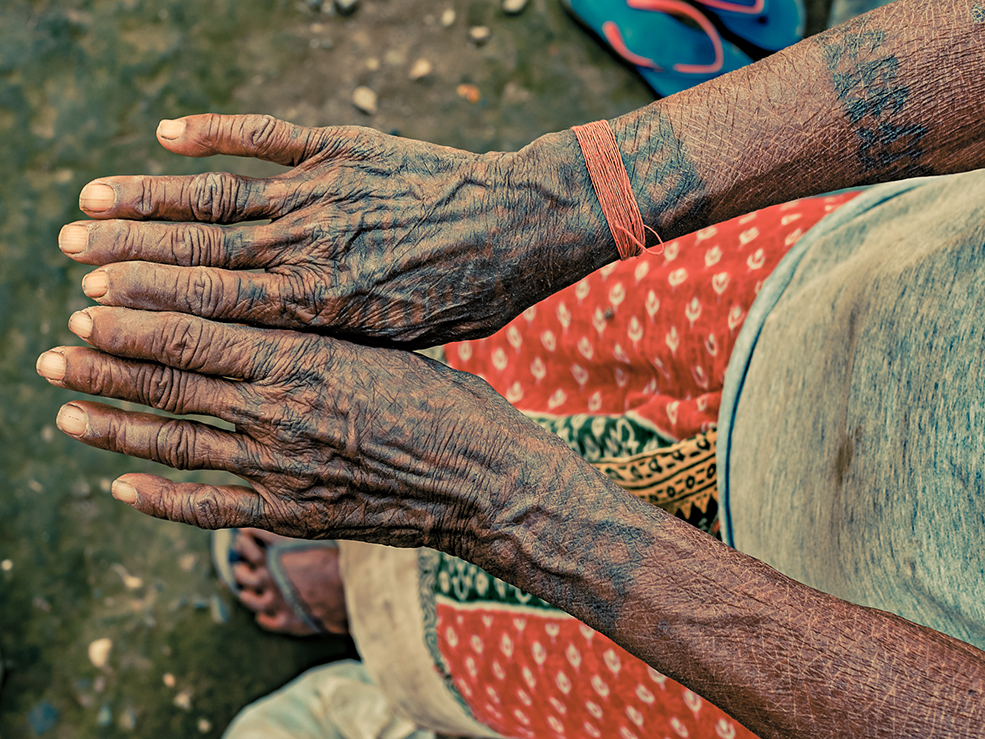
(Omar Reda)Despite the evolving views on tattooing, Tharu elders remain reverent toward their markings. "They were surprised about my curiosity," Reda said. "[The tattoos] seemed normal, because this was part of the culture which they must respect."Below, take in the beautiful body art of some of the last remaining tattooed women of Tharu:
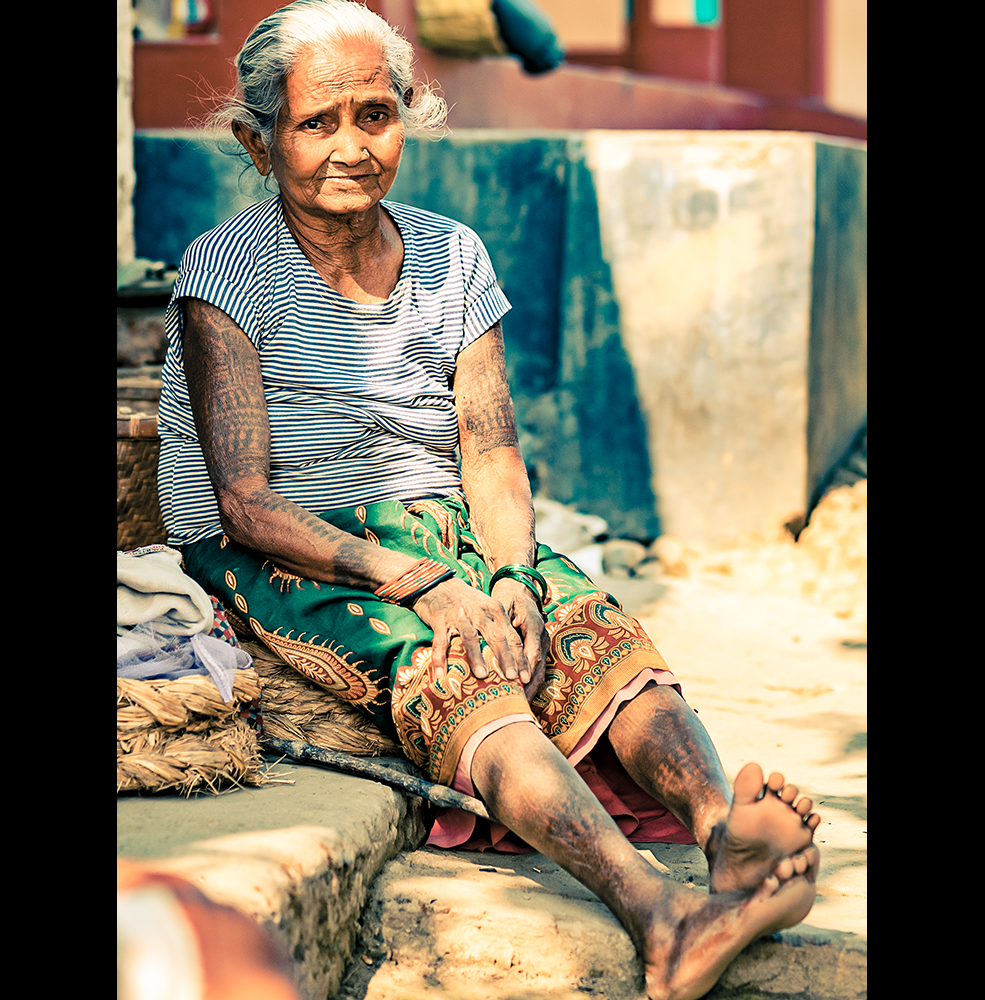
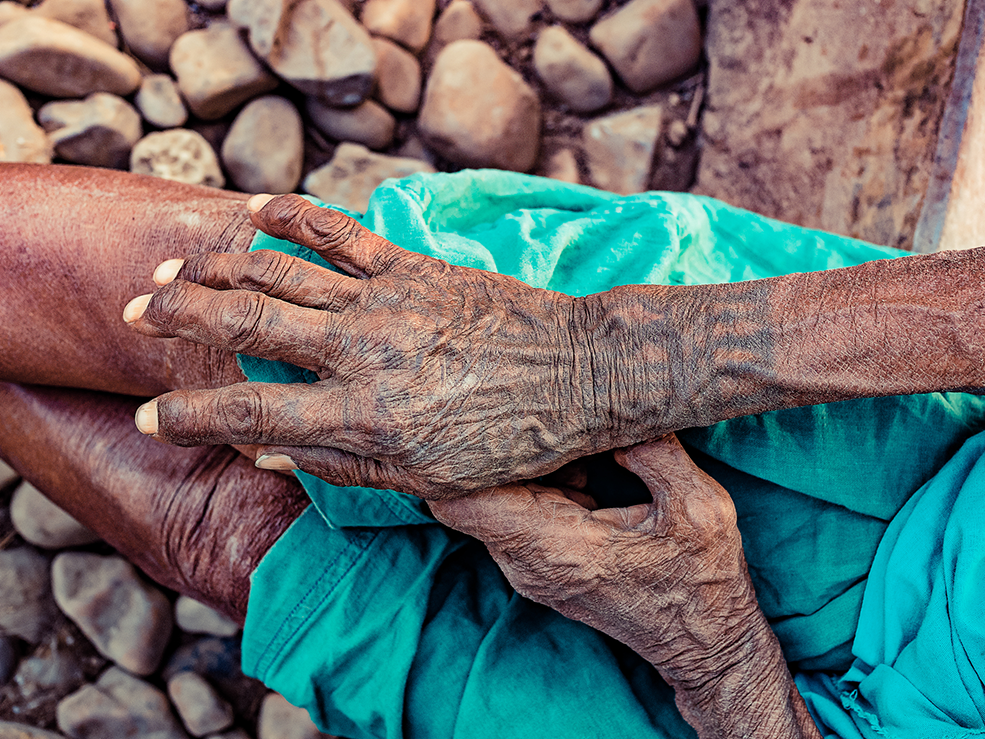
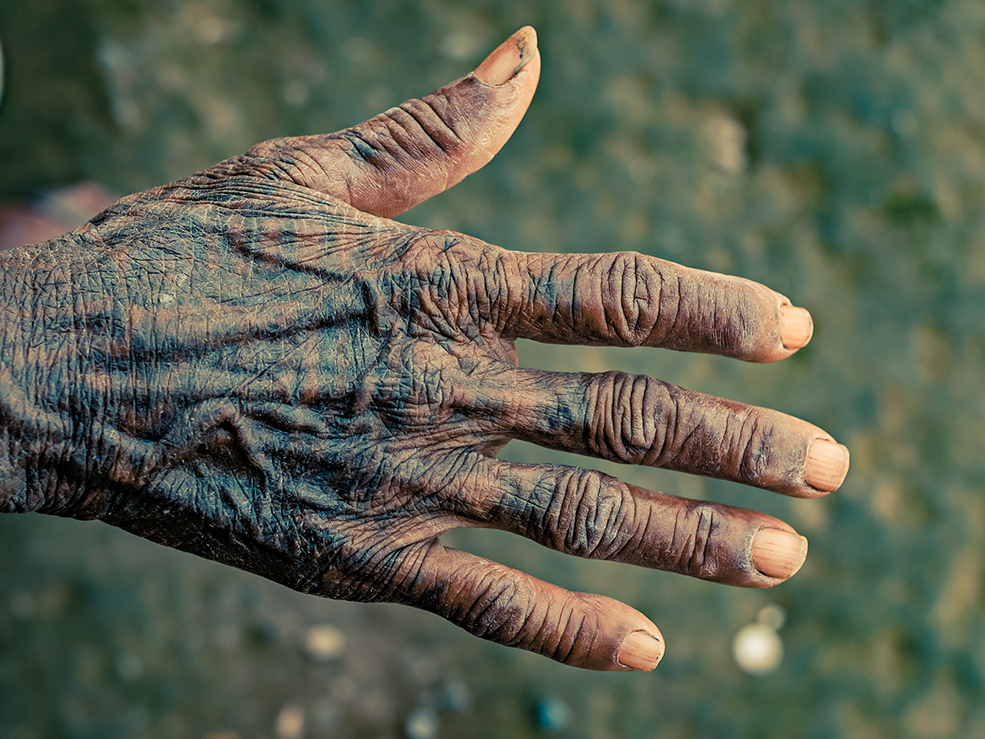
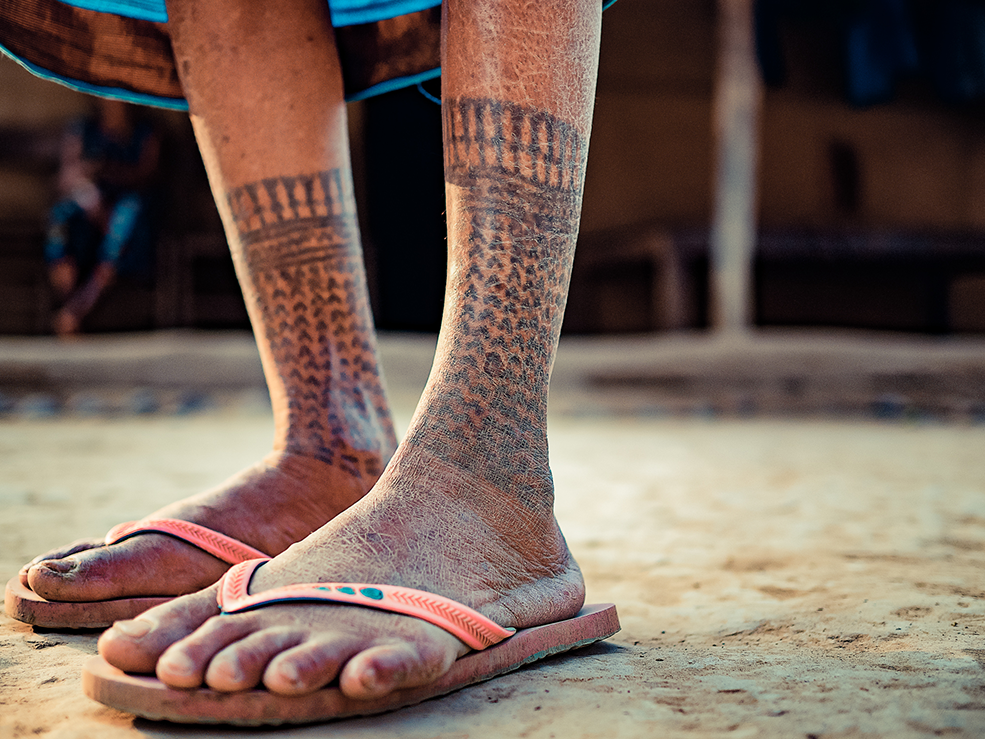
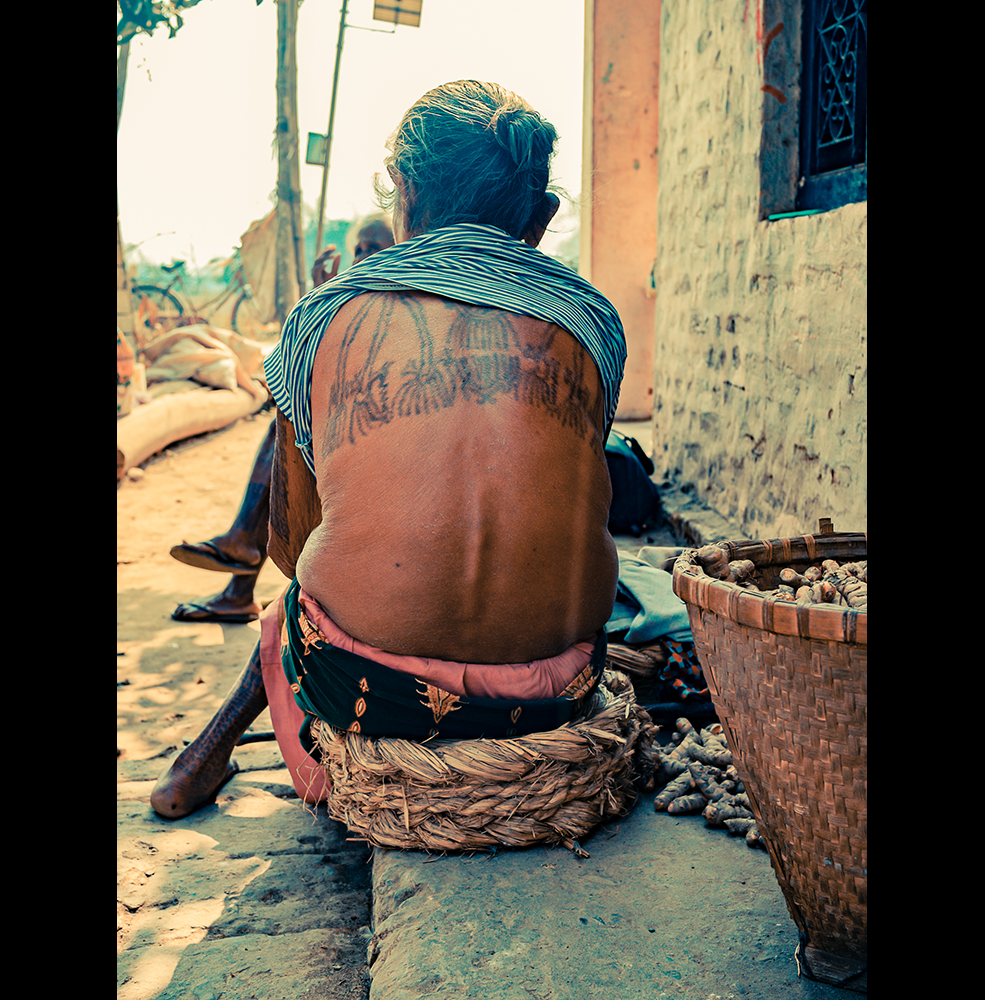
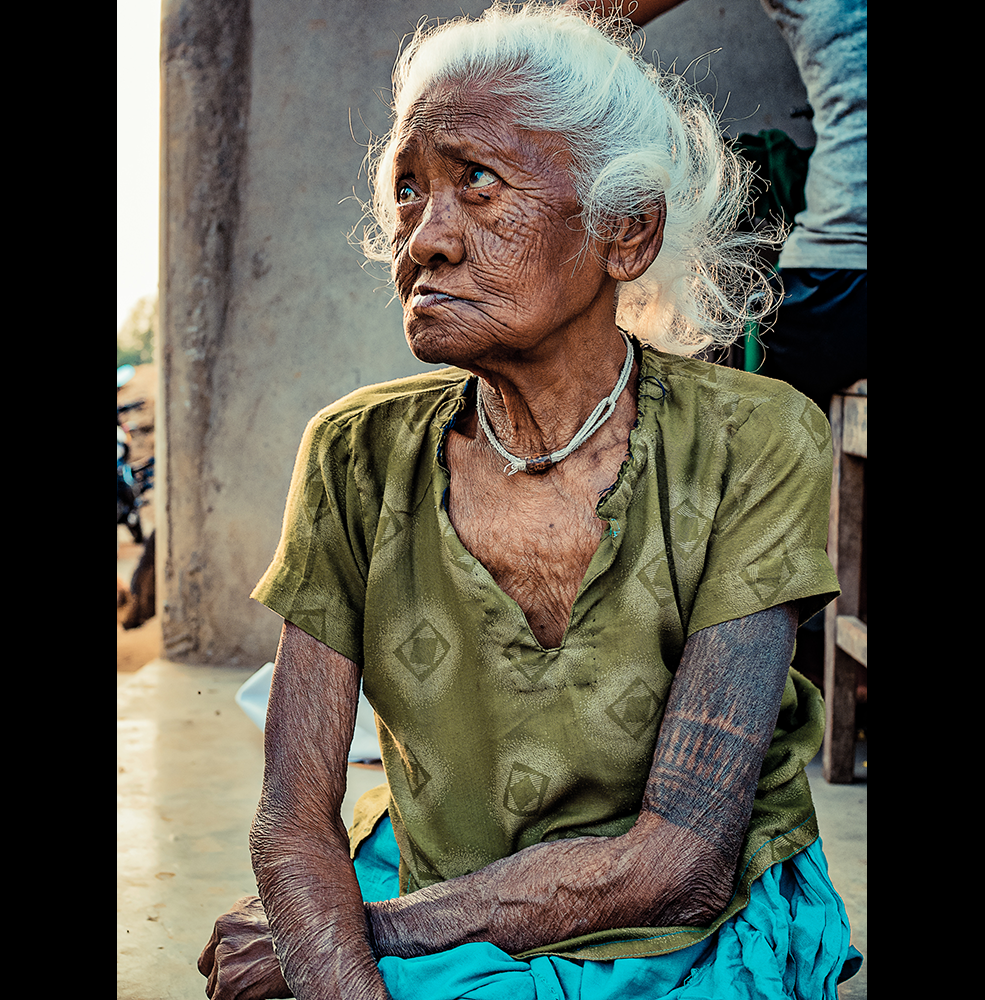
A free daily email with the biggest news stories of the day – and the best features from TheWeek.com
Kelly Gonsalves is a sex and culture writer exploring love, lust, identity, and feminism. Her work has appeared at Bustle, Cosmopolitan, Marie Claire, and more, and she previously worked as an associate editor for The Week. She's obsessed with badass ladies doing badass things, wellness movements, and very bad rom-coms.
-
 Could smaller cars bring down vehicle prices?
Could smaller cars bring down vehicle prices?Today’s Big Question Trump seems to think so, but experts aren’t so sure
-
 2025’s most notable new albums
2025’s most notable new albumsThe Week Recommends These were some of the finest releases of the past year
-
 Trump aims to take down ‘global mothership’ of climate science
Trump aims to take down ‘global mothership’ of climate scienceIN THE SPOTLIGHT By moving to dismantle Colorado’s National Center for Atmospheric Research, the White House says it is targeting ‘climate alarmism’
